Liver enzyme holds key to adjusting to high-protein diets
The Paleolithic diet mimics what human ancestors ate before the advent of agriculture. Doctors often prescribe this low-carbohydrate, high-protein diet for their prediabetic patients to help manage weight and glucose levels.

A recent study by Pierre Maechler’s group at the University of Geneva, published in the Journal of Biological Chemistry, investigated the role of the liver enzyme glutamate dehydrogenase, or GDH, in short-term adaptation to a high-protein diet.
“The question is how do we adapt when switching to a high-protein diet,” said Maechler. “In particular, what happens if you miss GDH, or if there’s something wrong with it?”
GDH, encoded by the gene GLUD1, is important in amino acid metabolism and gluconeogenesis, a biochemical pathway in the liver that synthesizes glucose from noncarbohydrate precursors. When food is present, the intestine is the main supplier of glucose to the brain, and gluconeogenesis in the liver halts. However, when a constant supply of glucose is unavailable, such as when people fast or partake in low-carbohydrate, high-protein diets, the liver takes over this responsibility by means of gluconeogenesis, mainly by breaking down amino acids from a replenishable source: skeletal muscles.
Maechler’s group initially studied GDH in pancreatic beta cells, which secrete insulin, then expanded their work to the brain and liver. In humans, Maechler explained, known GLUD1 mutations result in GDH gain of function and cause congenital hyperinsulinism/ hyperammonemia syndrome, or HI/HA.
Hyperinsulinism causes hypoglycemia, a severe condition for newborns that may hinder neurodevelopment. As they age, these children are prone to epilepsy and possible mental disabilities. On the other hand, an abnormally high level of ammonia in the blood, hyperammonemia, can be life-threatening. Because GDH gain-of-function mutations result in hyperammonemia, Maechler’s group expected that removing the enzyme would produce a low level of ammonia, or hypoammonemia – however, this was not the case.
“A surprising thing was when we knocked out GLUD1 in the liver; instead of experiencing hypoammonemia, the animals experienced hyperammonemia,” Maechler said, describing the genetically modified mice used in their past studies. “Basically, there’s this kind of bell-shaped effect of GDH function in terms of hyperammonemia.”
Maechler and colleagues also showed that a high-protein diet, coupled with the absence of liver GDH, causes hyperammonemia in mice and, consequently, high ammonia in the urine. This high level of ammonia made the blood more alkaline, and the mice had to significantly reduce their physical activity to maintain proper blood pH through compensatory slowed breathing, or hypoventilation.
“The mice can’t handle fasting periods as well without GDH,” Maechler said.
The researchers also found that while the expression of GDH is homogeneously distributed throughout the liver, the level of its activity is not. They monitored the GDH enzymatic activity in the liver using a nitro blue tetrazolium, or NBT, assay and found that GDH is significantly more active in the area near the central vein than near the portal vein.
By cryopreserving the liver and running the NBT assay on fresh liver tissue sections, Maechler explained, they obtained a close representation of what’s happening in a living animal.
In future studies, Maechler plans to investigate GDH function in prediabetic patients, who typically present with steatosis, or fatty livers.
“We showed that you need robust GDH activity to maintain a high-protein diet,” Maechler said.
“But when you have fatty liver, what does your GDH function look like? And can we still recommend a high-protein diet to these patients?”
Enjoy reading ASBMB Today?
Become a member to receive the print edition four times a year and the digital edition monthly.
Learn moreGet the latest from ASBMB Today
Enter your email address, and we’ll send you a weekly email with recent articles, interviews and more.
Latest in Science
Science highlights or most popular articles
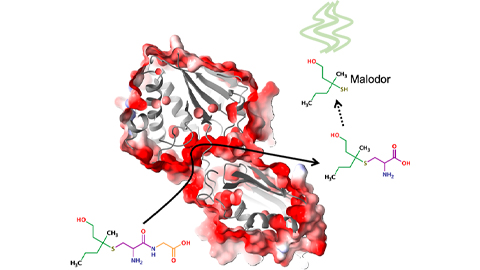
Bacterial enzyme catalyzes body odor compound formation
Researchers identify a skin-resident Staphylococcus hominis dipeptidase involved in creating sulfur-containing secretions. Read more about this recent Journal of Biological Chemistry paper.
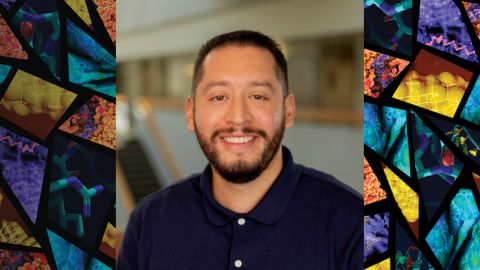
Neurobiology of stress and substance use
MOSAIC scholar and proud Latino, Bryan Cruz of Scripps Research Institute studies the neurochemical origins of PTSD-related alcohol use using a multidisciplinary approach.
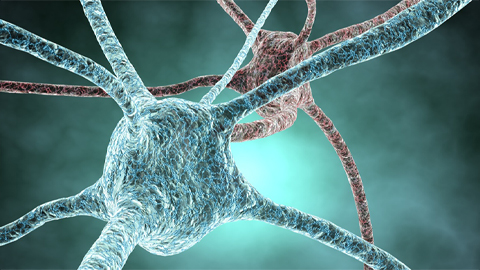
Pesticide disrupts neuronal potentiation
New research reveals how deltamethrin may disrupt brain development by altering the protein cargo of brain-derived extracellular vesicles. Read more about this recent Molecular & Cellular Proteomics article.

A look into the rice glycoproteome
Researchers mapped posttranslational modifications in Oryza sativa, revealing hundreds of alterations tied to key plant processes. Read more about this recent Molecular & Cellular Proteomics paper.
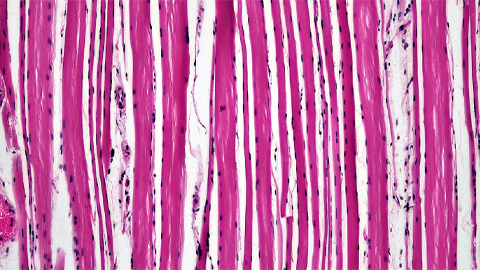
Proteomic variation in heart tissues
By tracking protein changes in stem cell–derived heart cells, researchers from Cedars-Sinai uncovered surprising diversity — including a potential new cell type — that could reshape how we study and treat heart disease.
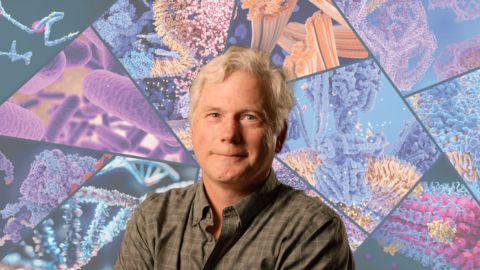
Parsing plant pigment pathways
Erich Grotewold of Michigan State University, an ASBMB Breakthroughs speaker, discusses his work on the genetic regulation of flavonoid biosynthesis.

